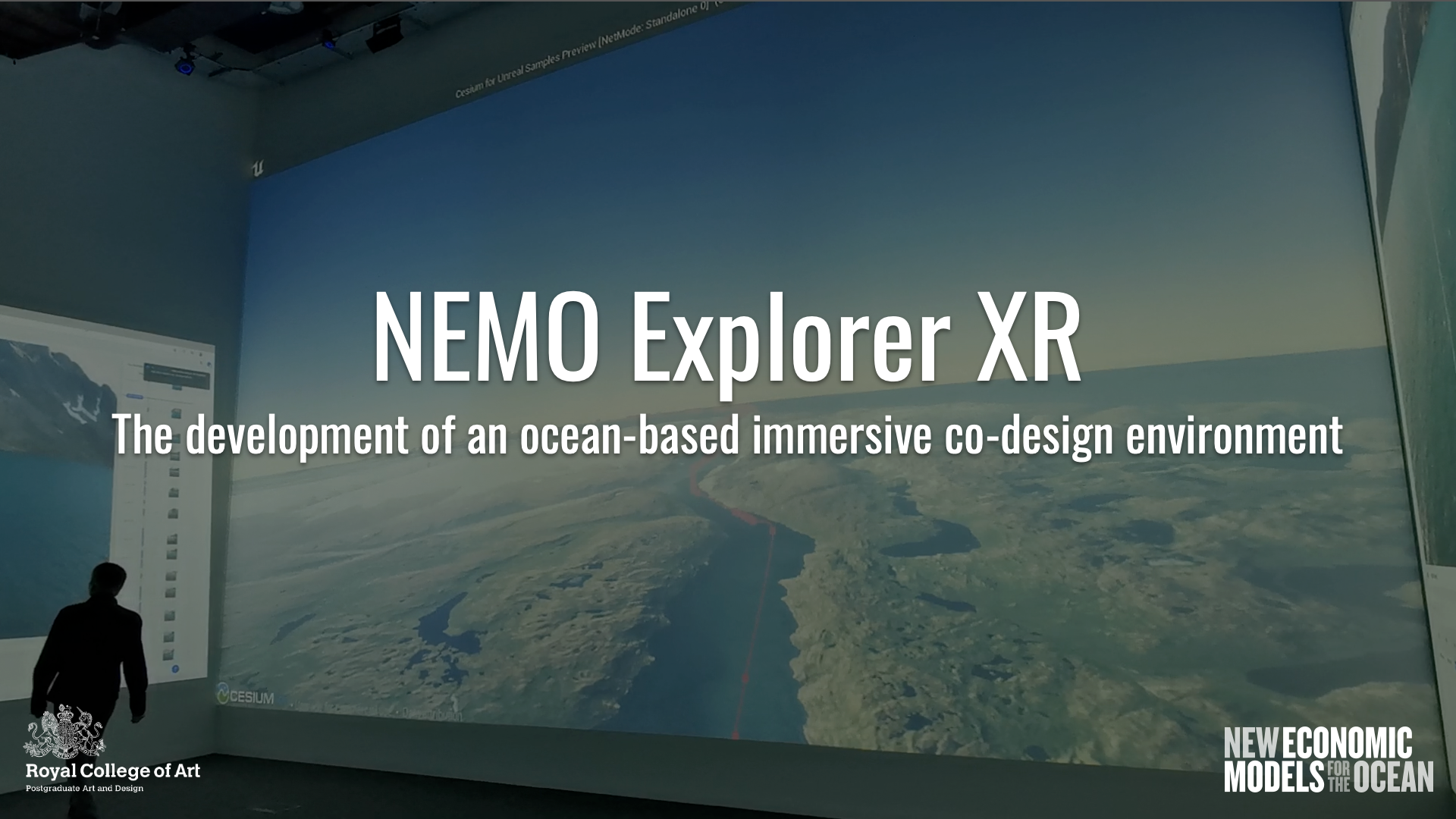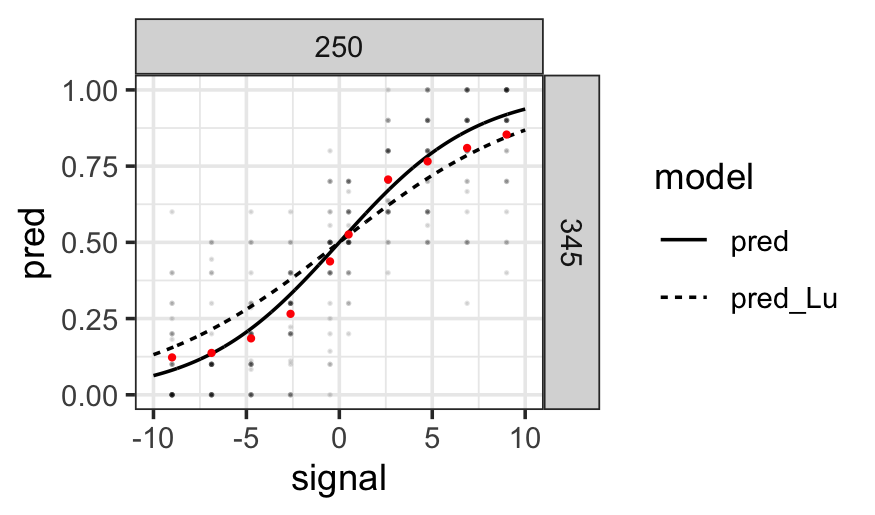
The NEMO project (New Economic Model for the Oceans) tackles ocean-related issues from a design perspective. The initial NEMO project is based on an experimental data gathering using 4K cameras to capture objects along a ship voyage of 6,070 nautical miles from Kangerlussuaq (Greenland) to Poole (UK) via Sardinia (Italy). This data was combined with recorded GPS coordinates to visualize the journey using the Cesium.js environment. Several objects were identified and mapped to the corresponding locations of the ship trajectory. In this work, we are using this initial web visualization as starting point to create a first prototype of an UNREAL engine-based immersive environment which can be explored within the new RCA SNAP Visualization Lab facility. Based on a previous co-design workshop locally ran at the RNLI headquarters in Poole, we started to explore opportunities to enable similar experiences in an immersive 3D environment. The ultimate aim is to enable collaborative data visualization and exploration in the context of co-design workshops. In this way, we are combining Macro-Meso-Micro perspectives with the purpose to provide on one hand a holistic overview of the journey, and on the other hand enable place-based exploration of ocean- and coast-related scenarios.

User experiments are essential for informing researchers what an audience is seeing in a chart. User experiments are generally quite expensive in monetary value and in the time spent getting data. It is crucial that we make the most out of the data we get from participants. Statistically, the best practice for data with repeated measurements is the use of (Generalized) Linear Mixed Effects Models (GLME). These models increase the statistical power, produce more reliable estimates, and provide better interpretability for population-level and individual-level effects. However, in the literature, a two-stage approach for analyzing results from user experiments is commonly used. We compare the two approaches with example data from psychophysics experiments. We present a strategy on how to evolve a two-stage analysis to a single GLME model and showcase diagnostics for each step of that process. We adhere to the best practices of open science and reproducible research by providing open access to all of our code and data.